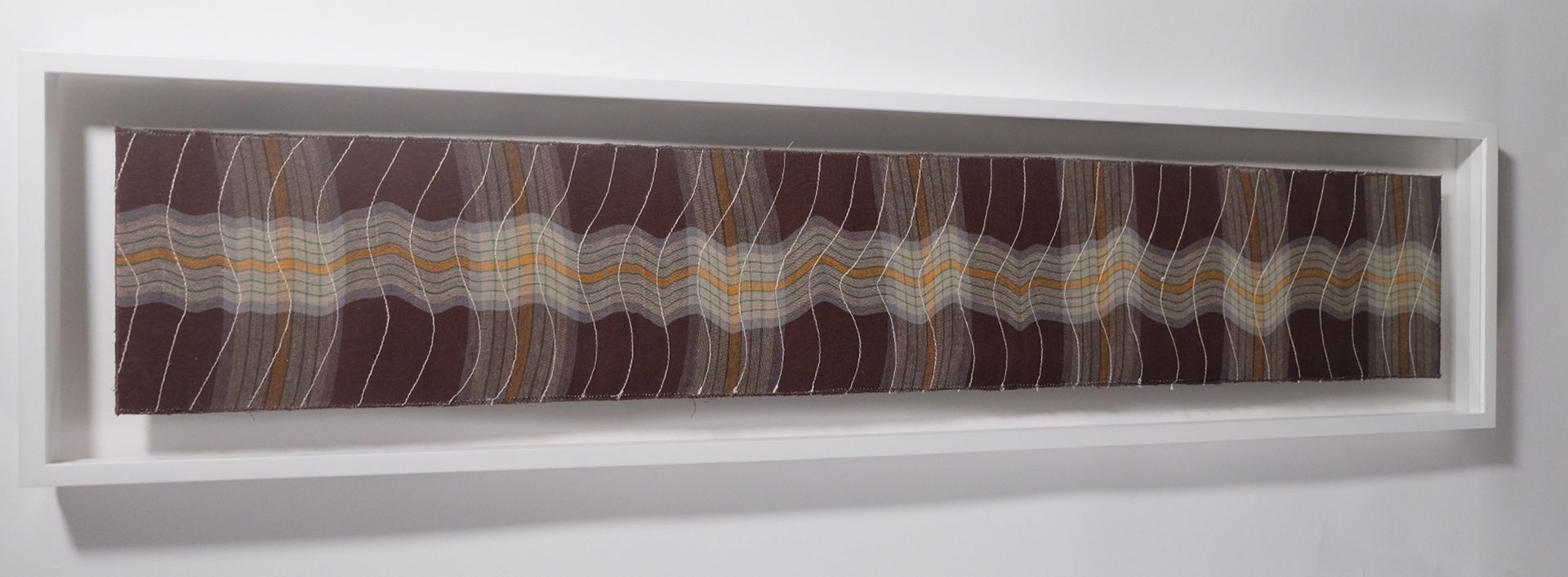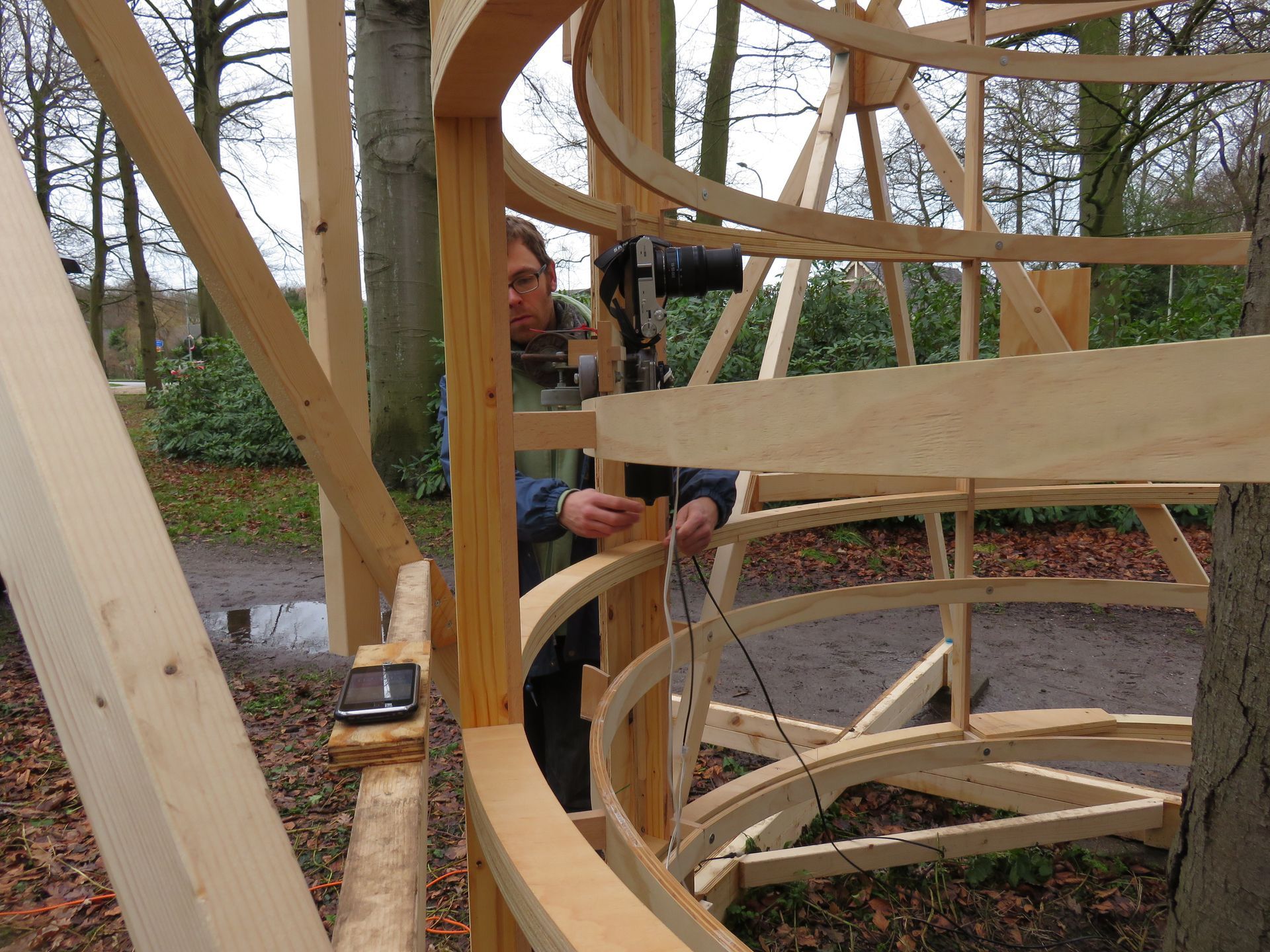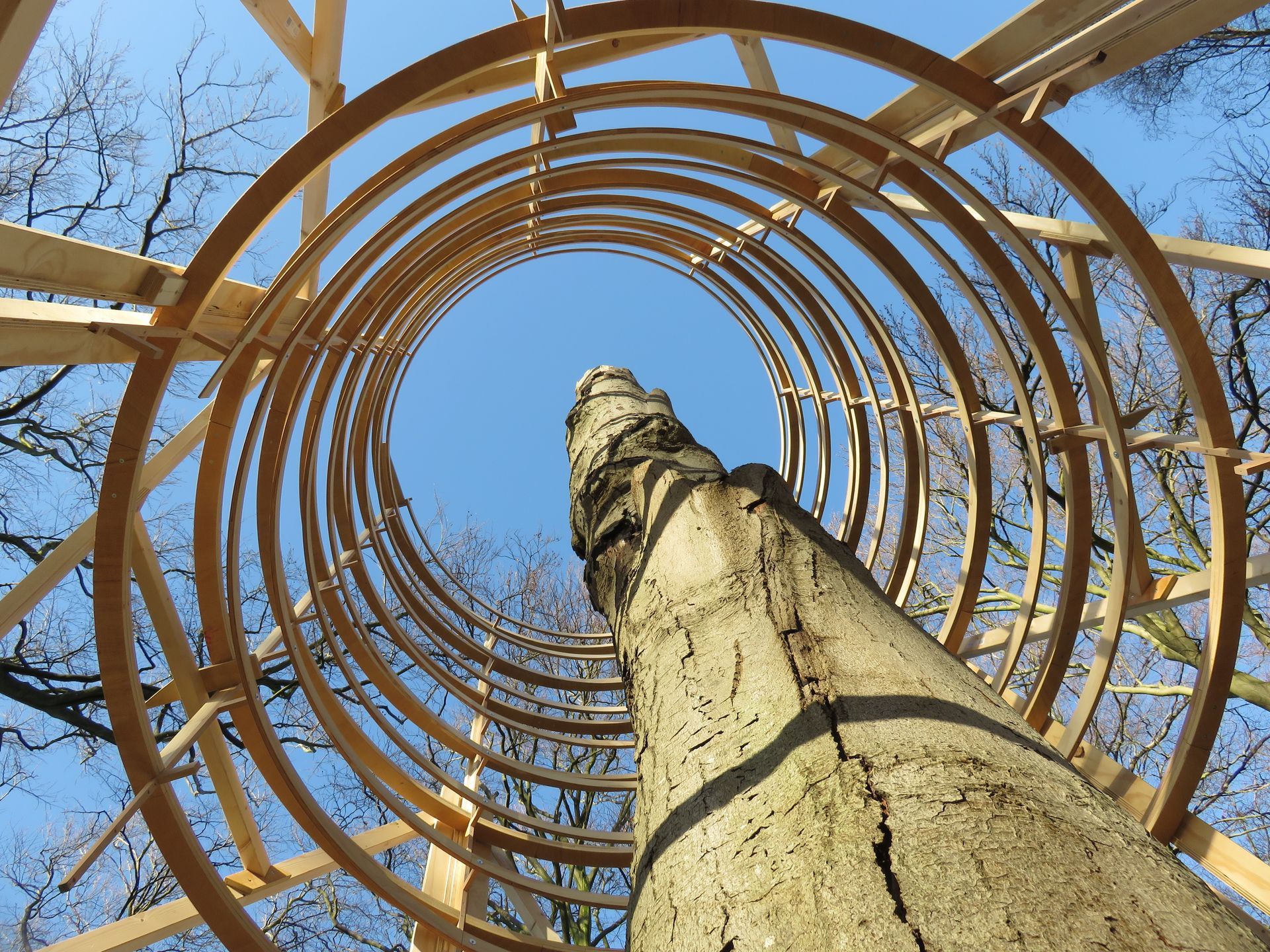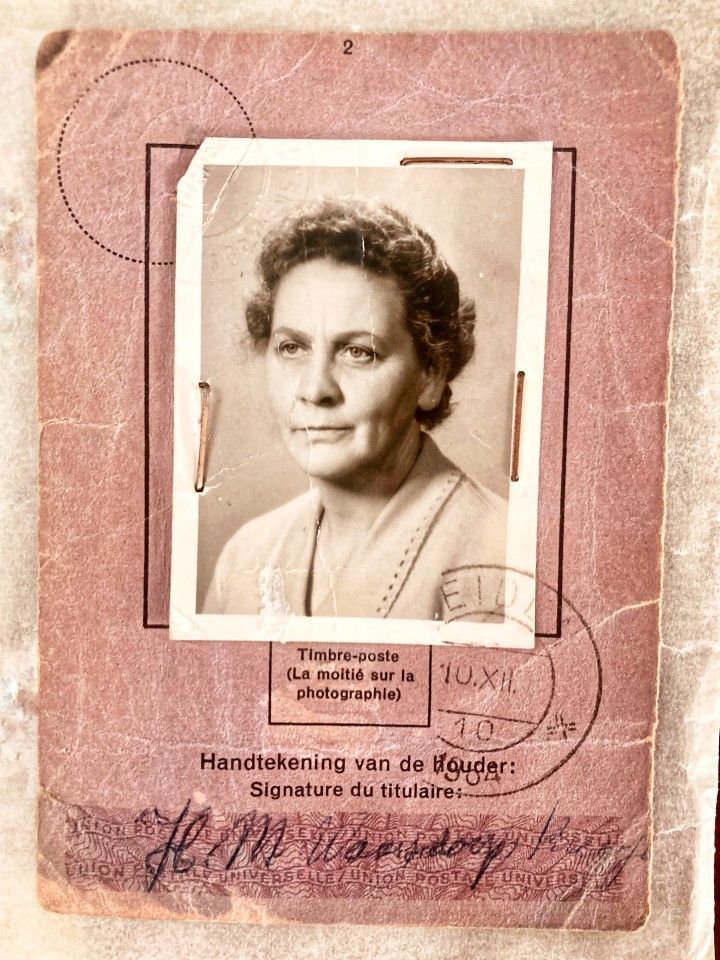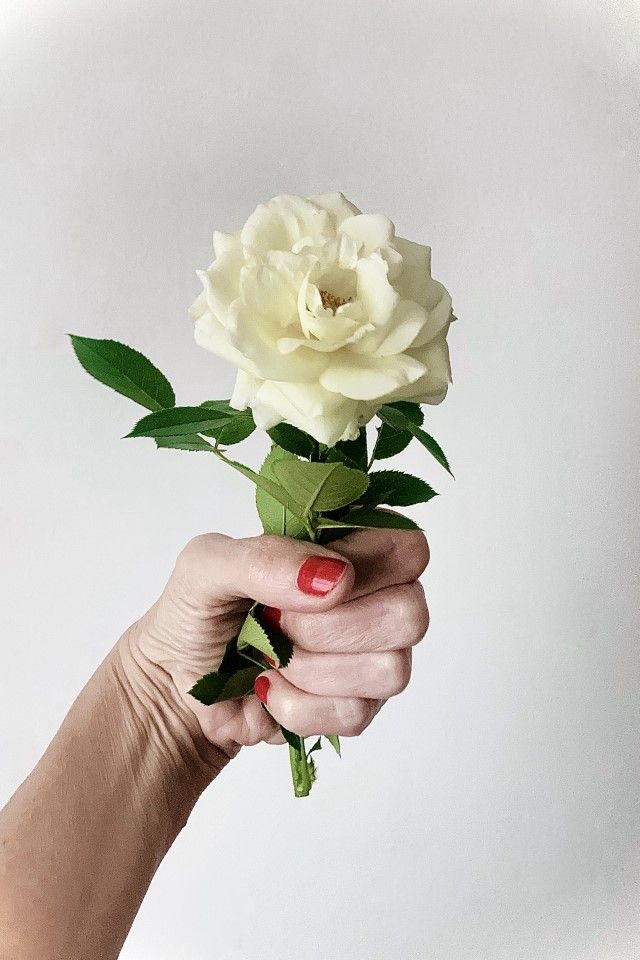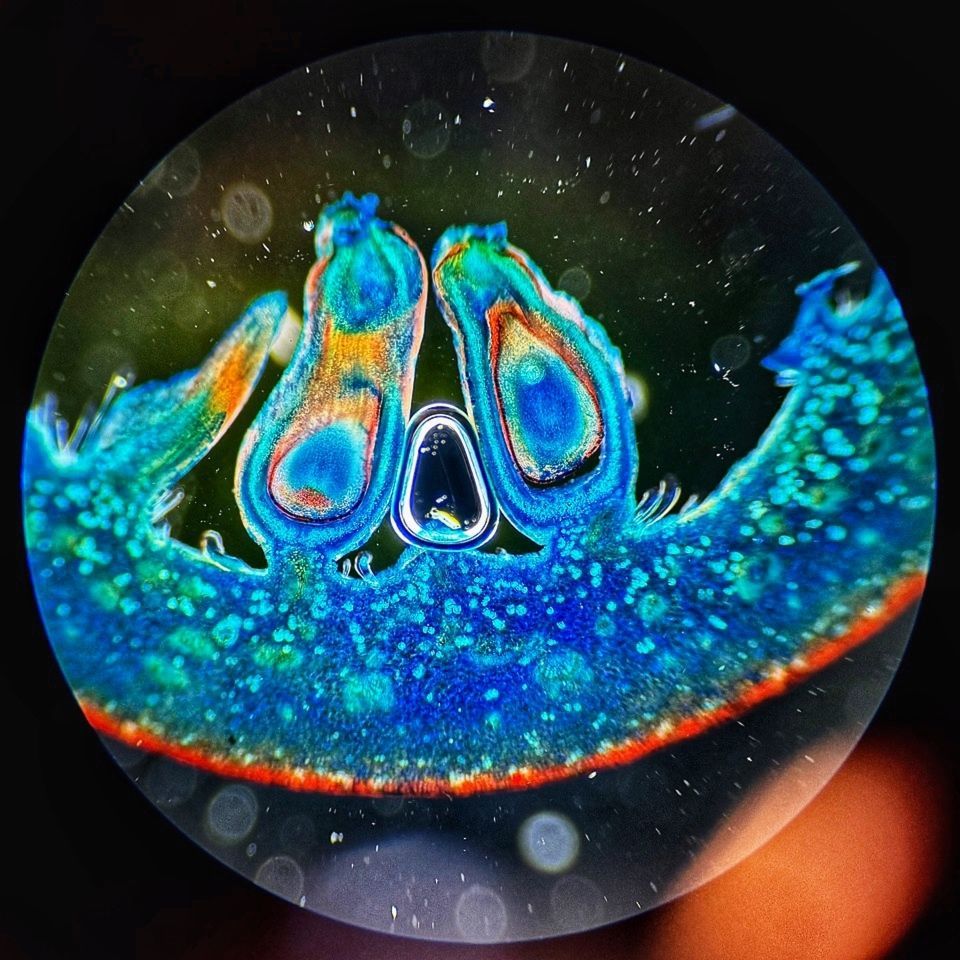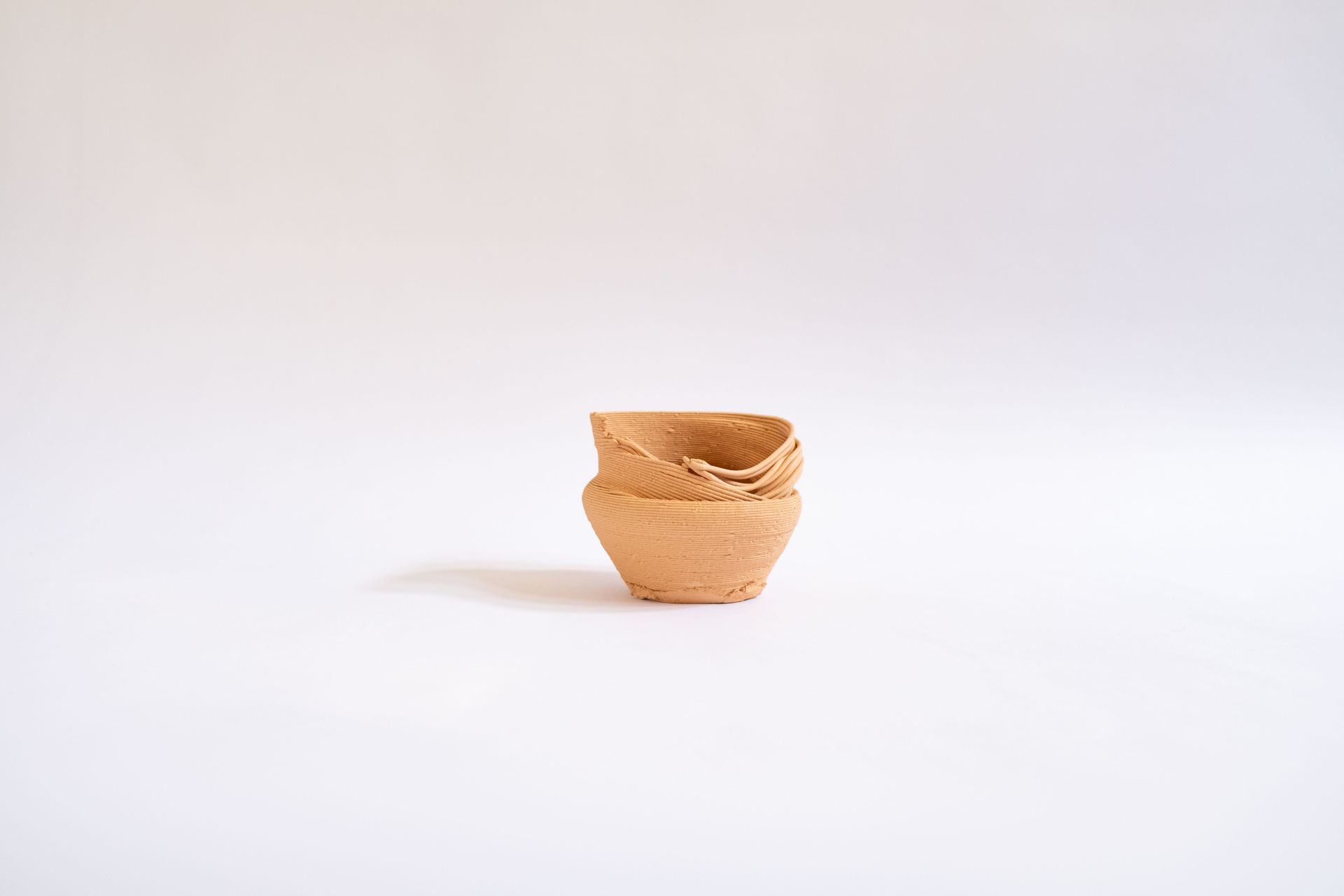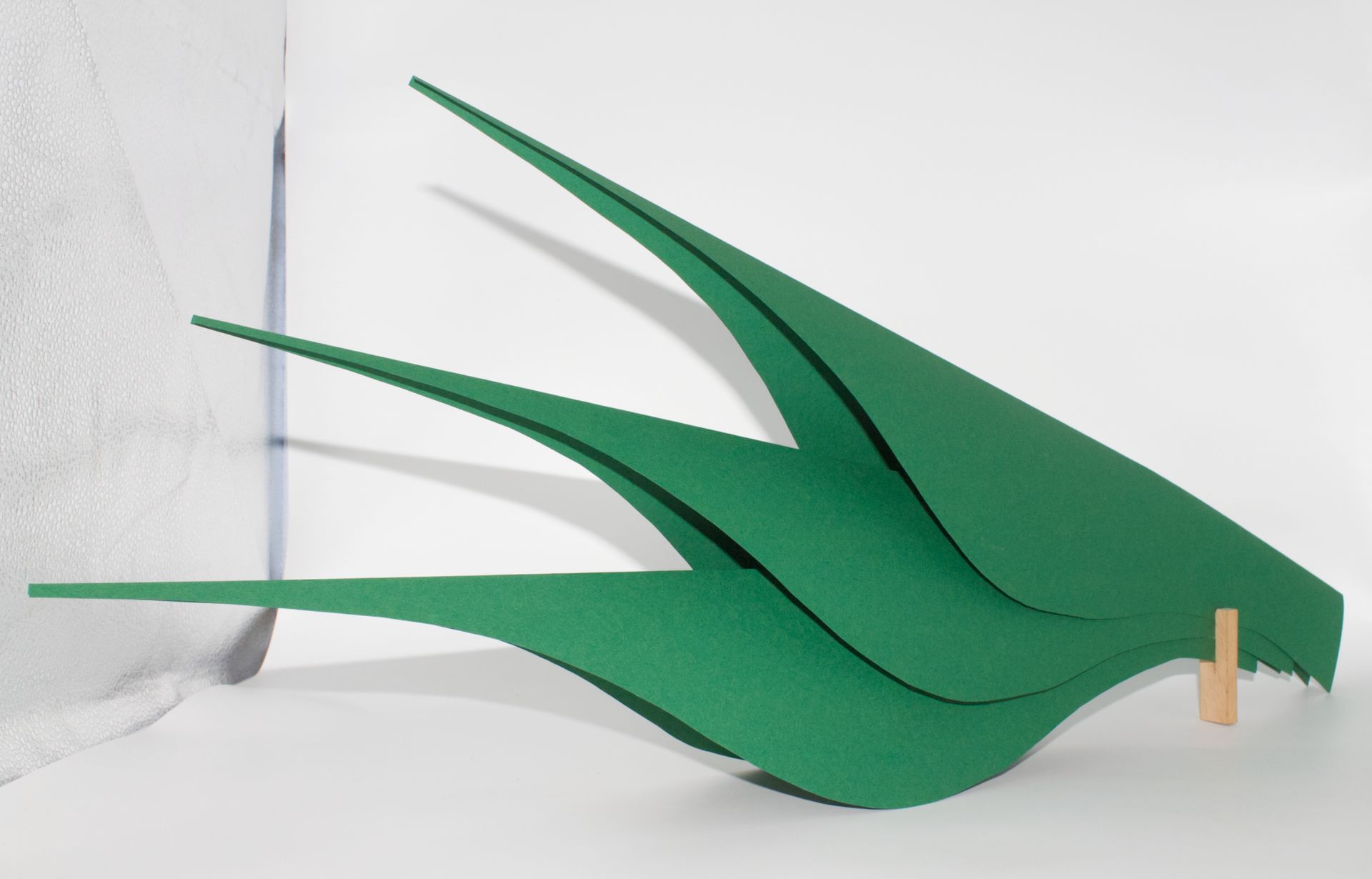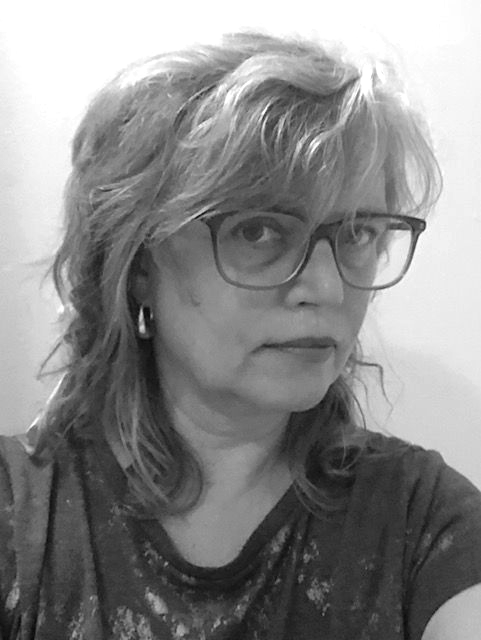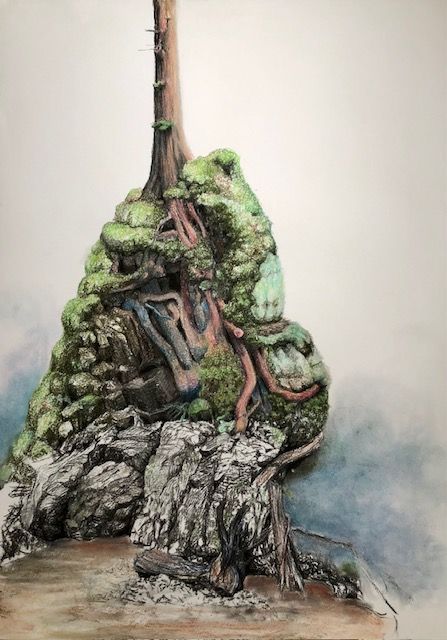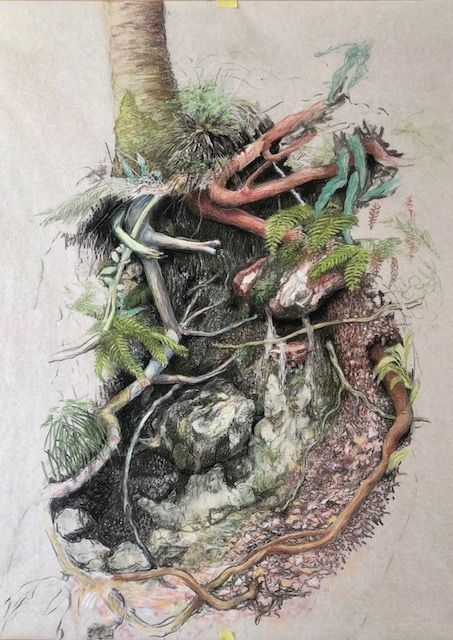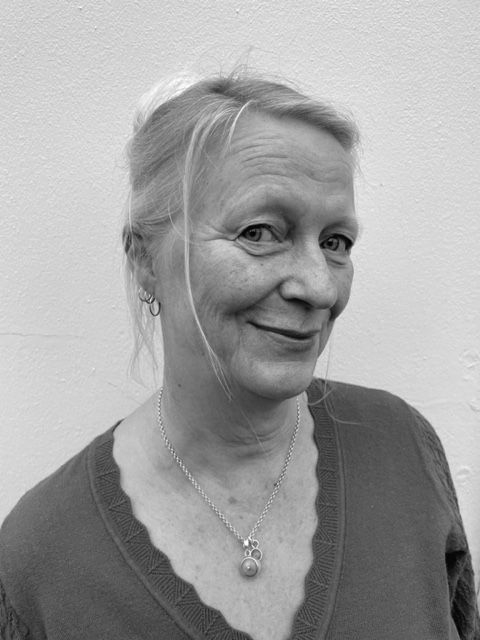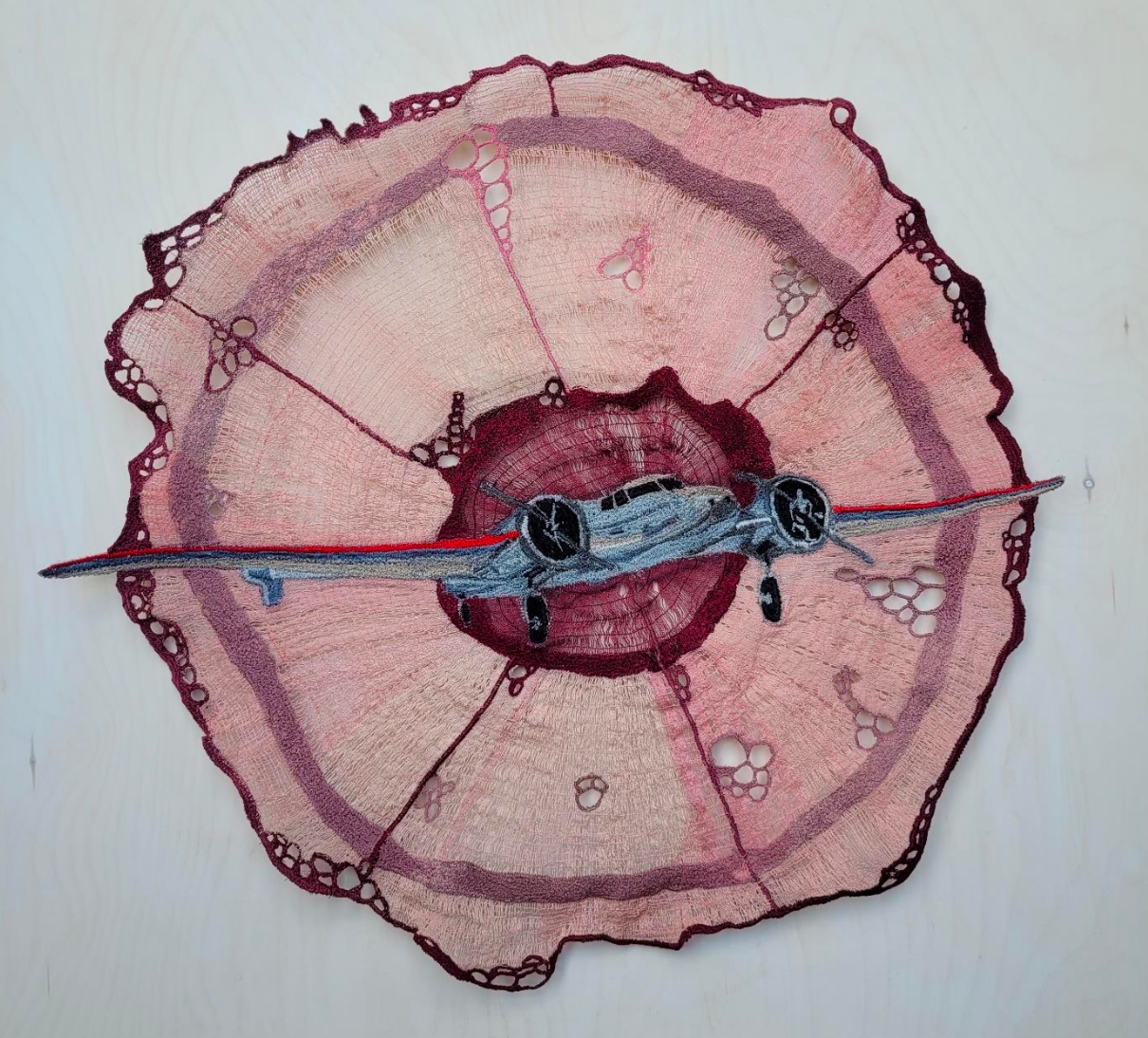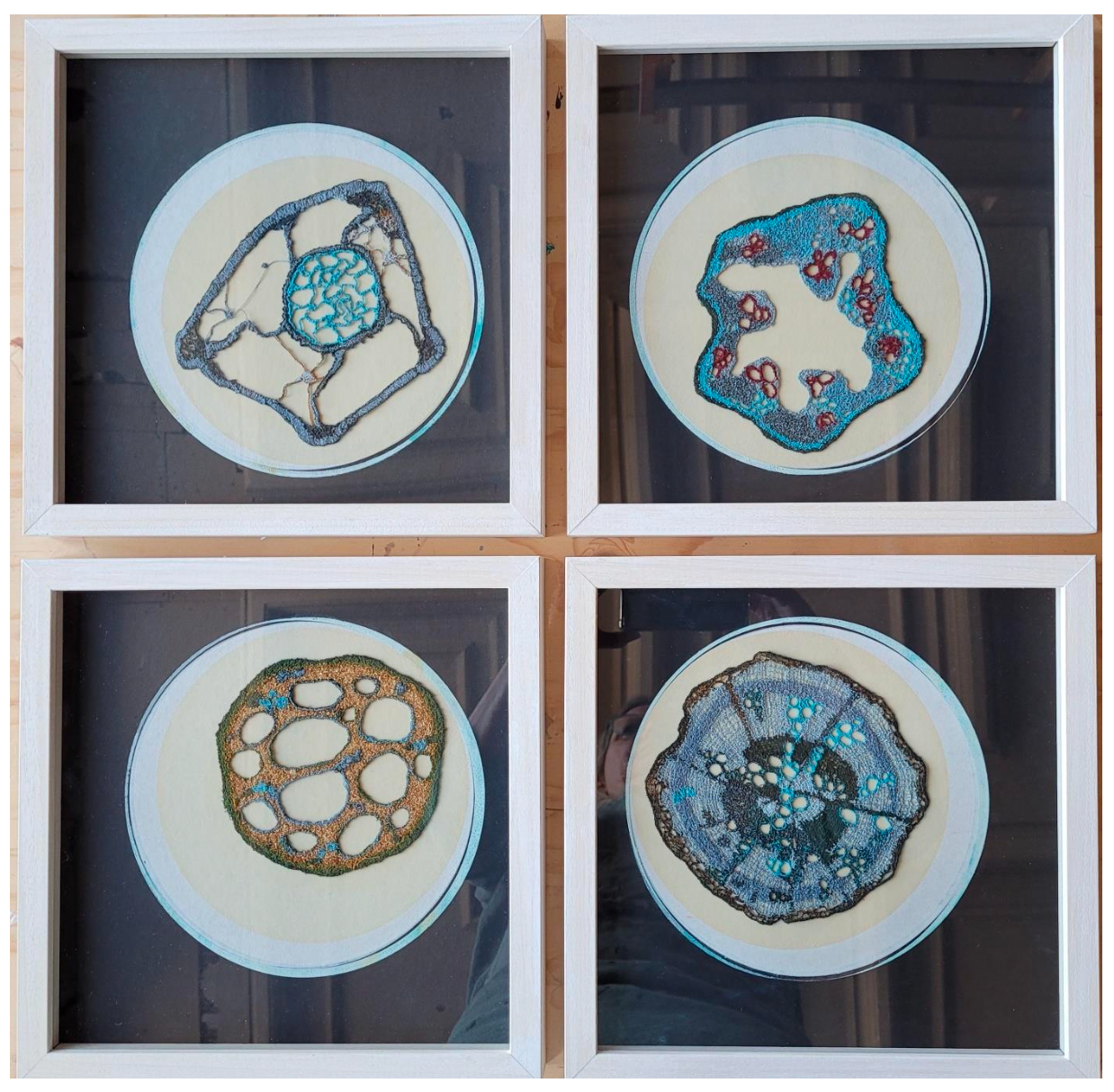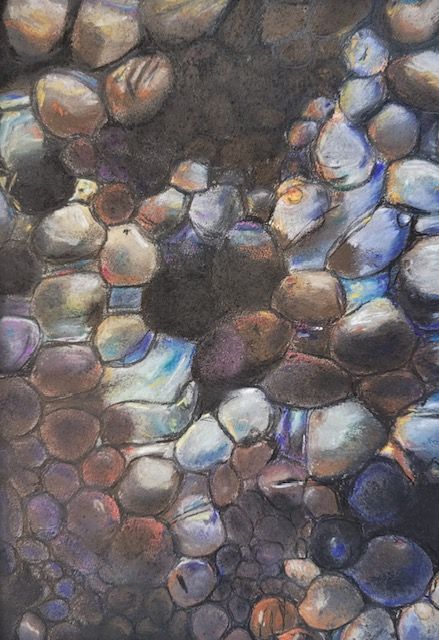GROUP EXHIBITION ‘ROOTS’ @ BIOART LABORATORIES
Six artists associated with the Academie van Leiden will be exhibiting their work at the group exhibition Roots at BioArt Laboratories during Dutch Design Week 2025.
Barbera Sterk | Iede Reckman | Lenny Waasdorp | Marc Paulusma | Miriam de Koning | Resi van der Ploeg
Welcome 18 - 26 October 11 - 18 hrs @ Oirschotsedijk 14-10, 5651 GC, Eindhoven
“We explore Roots, the hidden systems that carry us, connect us and shape how we grow.
Roots are more than beginnings, they are living networks beneath our feet, cultural memory passed down through generations, traces of industry and foundations for ecological thinking. They hold knowledge, share messages and quietly build the future.
Underground, roots communicate through the wood wide web, exchanging water, nutrients and information. Above ground, rivers and rain connect landscapes and lives. Nature reminds us that everything flows, everything is linked, and nothing stands alone.” (BioArt Laboratories)
‘Diffraction’. I explore how existing structures — such as the classic grid pattern — can be transformed into a composition without hierarchy. By letting the grid ripple and layering it with stitch lines, intersections emerge where new connections become visible. No line or direction dominates: each element is part of a network of mutual dependence, where control and chance coexist. What if we do not abandon the structure, but gently bend it — until it moves along in waves
The video 'Unwinding tree trunk: redundancy of sculpture’ shows the surface of a tree trunk. A slow rotating motion captures the entire trunk. To enable the moving image, a spiral construction was needed, built around the tree trunk. The construction functioned both as a sculpture and an instrument.
‘My Grandma is a rose’. Lenny's grandmother, Helena Maria Waasdorp-Kienjet, died on September 4, 2002, at the age of 88. Her grave was cleared in 2024. For twenty years, a rosebush stood on her grave, feeding itself with the organic matter in the soil throughout that entire period. Lenny moved the bush to her own garden. With the help of microscopist Rob van Es, she made microscope slides of the vein, root, flower and stem, which she then photographed. The rose and Lenny's grandmother have become deeply intertwined: "When I see the cell structures of the rose, I'm looking at my grandmother's DNA."
'Material research of Groninger clay and 3D printing’. Research into locally sourced, sustainable materials is being conducted, with a focus on 3D printing techniques and Groninger clay to design products that tell the story of the Wadden Sea. The use of a 3D clay printer bridges two worlds: the craft of the ceramist and the modern craft of 3D software and printer technology. The precision of 3D printing meets the unpredictable nature of clay. This discrepancy can lead to small errors that, rather than detracting from the design, contribute to a unique aesthetic that would be difficult to achieve otherwise.
‘ Fold’. The large teasel (Dipsacus Fillonum) is a plant with a characteristic seed bulb. The spines of the bulb are so-called bracts, leaves which are adapted for a specific function. In this case, a spine forms to repel birds. The folding and pinching of the material laid the foundation for this design. The cultivated form of this plant has been used in the wool industry when carding blankets. The wooden element pinches the material in place and references a traditional clothespin.
'Pulse 1' and ‘Pulse 2’. Two pastel and charcoal drawings portraying man as nature. See the anatomy of us mammals reflected in the underground world of plants and insects. Breathe in, breathe out, water in, water out, gases, minerals, fungi and bacteria flow in and out.
‘Amelia’. Amelia Earhart was a famous American aviator who was the first woman to cross the Atlantic Ocean solo. In 1937 she went missing while trying to fly over the Pacific Ocean. Since then, the search for her has continued. I have depicted her airplane in this embroidery in a cross-section of an ivy. Ivy symbolizes 'eternal life'. Because her story fascinates not only me, but also many others, Amelia has eternal life as far as I'm concerned. If you think of roots as a set of shoulders on which women can stand, then Earhart is part of my roots.
'Quartet of botanical preparations’. Embroidery of Clover, Pumpkin, Ivy and Water Lily. Embroidered with a new technique on dissolvable interfacing, where the interfacing is moved freely under the sewing machine and it is important that each thread touches another. If the interfacing is then dissolved in water, a lace-like work remains.
‘Cut flowers’. 21 drawings in A4 format (total 112 cm high x 170 cm wide) sections of plant stems, selected for their diversity in structure.


